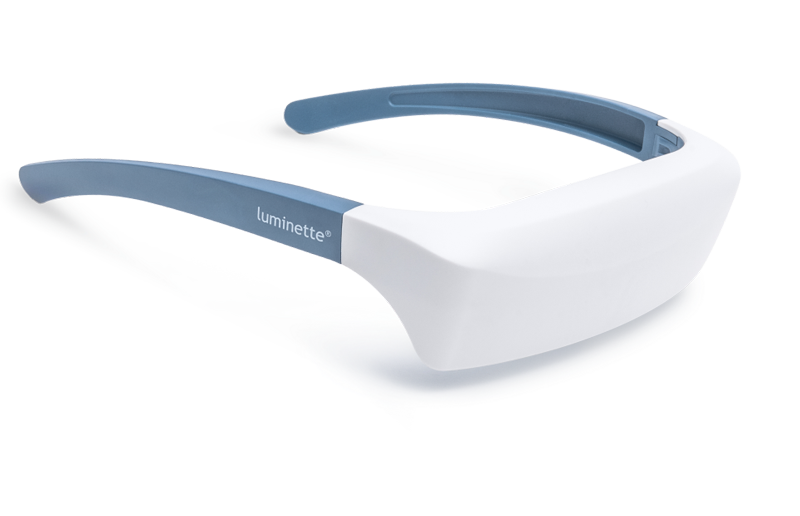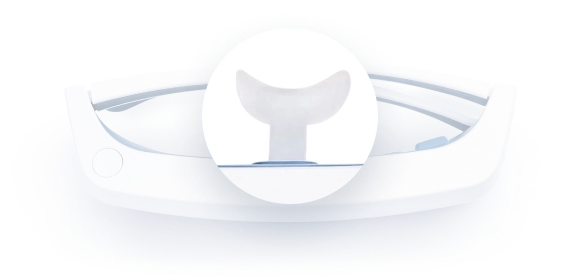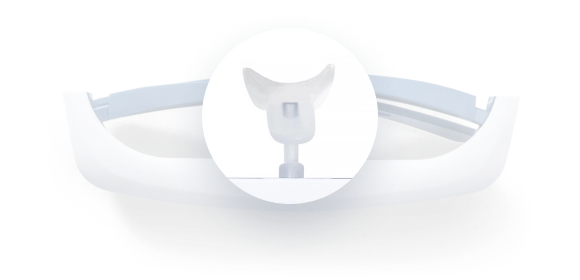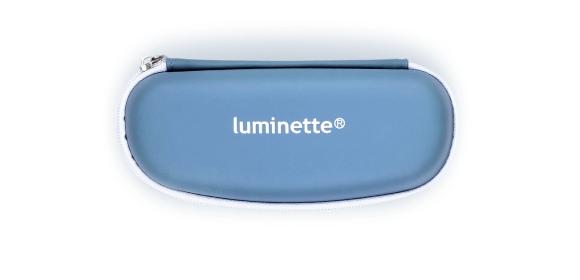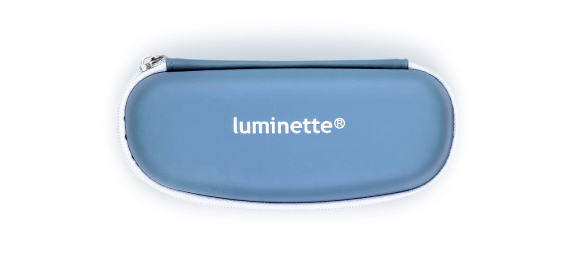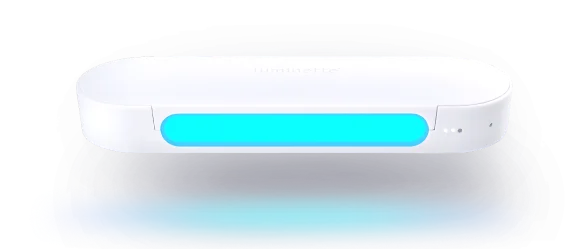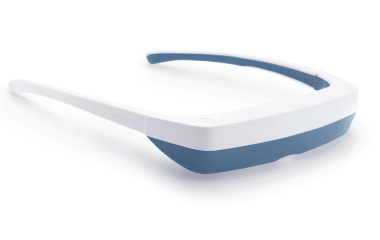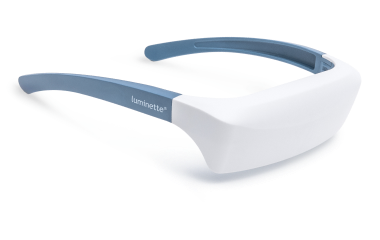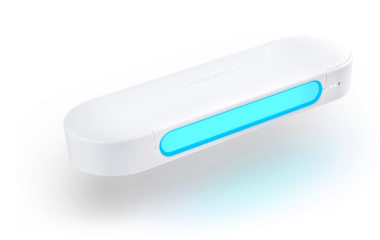Lighting is more than just a way to see in the dark. It plays a crucial role in how we feel and function throughout the day. Homeowners, are you ready to transform your living spaces into sanctuaries of productivity and relaxation? In this blog post, we’ll explore the profound impact of lighting on mood and productivity, providing you with practical tips and insights to design your home for optimal well-being. Ever wondered why some rooms make you feel energized while others make you want to curl up and nap? The answer often lies in the lighting. This blog will examine how different types of lighting affect mood and productivity. By understanding these factors, you can create environments that enhance your daily life. In the following sections, we’ll break down the science behind light and mood, explore various types of lighting, and provide detailed guidance on optimizing your home lighting for different activities. Ready to brighten up your life? Let's get started.
The Science Behind Light and Mood
Lighting has a direct impact on our biological rhythms. Our bodies are finely tuned to respond to light cues, which influence our circadian rhythms and hormone production. According to a study published in the Journal of Clinical Sleep Medicine, exposure to natural light during the day can improve sleep quality and overall mood. When light hits our retinas, it sends signals to the brain's hypothalamus, regulating the production of melatonin—a hormone that controls sleep-wake cycles. Bright, natural light boosts serotonin levels, which can enhance mood and focus. Conversely, poor lighting conditions can lead to increased melatonin production during waking hours, causing drowsiness and lethargy. Understanding these processes helps us appreciate why lighting design is so important for maintaining mental and physical well-being.
Types of Lighting and Their Effects
Proper lighting in your home is not solely about aesthetics; it's also about creating an environment that supports your physical and emotional health. There are several types of lighting, each serving distinct purposes and impacting our mood and productivity in unique ways. By incorporating the right mix of ambient, task, and accent lighting, you can tailor your living spaces to suit various activities and times of day. In this section, we'll delve into the different types of lighting, examining their specific effects and how to effectively use them to enhance your home environment.
Natural Lighting
Natural light is the gold standard when it comes to enhancing mood and productivity. Sunlight provides a full spectrum of light, which helps regulate circadian rhythms and boosts vitamin D levels. A study from the National Renewable Energy Laboratory found that natural lighting in workplaces can improve employee productivity and reduce absenteeism.
To maximize natural light, consider using large windows, skylights, and glass doors in your home. Avoid heavy drapes and opt for light, sheer curtains that allow sunlight to filter through.
Artificial Lighting
Artificial lighting comes in various forms, each with its own impact on mood and productivity. Incandescent bulbs emit a warm, yellowish light that creates a cozy atmosphere but is less efficient than other types. LED lights, on the other hand, are energy-efficient and come in various color temperatures to suit different needs.
Adjustable lighting systems, like dimmers, can help tailor the brightness to specific activities, providing flexibility and control over your environment.
Blue Light
Blue light has garnered attention for its stimulating effects. Found in digital screens and certain LED lights, blue light can enhance alertness and cognitive performance. However, excessive exposure, especially before bedtime, can disrupt sleep patterns. According to Harvard Health, blue light suppresses melatonin production more than any other type of light.
Consider using blue light during the day to boost concentration and switching to warmer tones in the evening to prepare your body for sleep.
Warm Light
Warm light, often characterized by its yellowish hue, creates a relaxing and inviting ambiance. It’s ideal for winding down after a long day. Studies have shown that warm lighting can reduce stress and promote relaxation, making it perfect for living rooms and bedrooms.
Incorporate warm lighting through the use of incandescent bulbs or LED lights with a lower color temperature. These lights can help signal to your body that it's time to relax and prepare for sleep.
Optimal Lighting for Different Activitie
Designing your home's lighting to match various activities is essential for creating effective and comfortable spaces. Whether you're working from home, cooking, or winding down for the evening, the type and quality of light can significantly influence your performance and mood. Different tasks require different lighting setups to ensure that you are both safe and productive. In this section, we will guide you through the optimal lighting solutions for a range of activities, helping you to create a home that is as functional as it is inviting.
Reading and Studying
Proper lighting is essential for reading and studying to reduce eye strain and maintain focus. Task lighting, such as adjustable desk lamps with LED bulbs, provides direct illumination where you need it most. Aim for a cool white light (around 4000K-5000K) to keep your mind alert and engaged.
Working at a Desk
For desk work, consider lighting that minimizes glare and shadows. A combination of ambient lighting and task lighting creates a balanced environment. Position your desk near a window to benefit from natural light during the day, and use a desk lamp with adjustable brightness for evening work.
Relaxation and Leisure
Soft, warm lighting is ideal for relaxation and leisure activities. Dimmer switches allow you to control the intensity of the light, creating a soothing atmosphere. Incorporate floor lamps, wall sconces, and table lamps to add layers of light and enhance the overall ambiance.
Designing Spaces with Lighting in Mind
Designing spaces with lighting in mind is a multifaceted endeavor that goes beyond mere illumination. It involves a strategic application of different lighting techniques to create a harmonious and functional environment that caters to various needs. Whether you're remodeling a kitchen, setting up a home office, or creating a cozy reading nook, the right lighting can transform your space. Thoughtful lighting design involves considering the role of natural and artificial light, the color temperature of bulbs, and the placement of fixtures to enhance both aesthetics and functionality. In the following sections, we'll explore the principles and practices of effective lighting design, offering tips and insights to help you make informed decisions for every room in your home.
Home Office
A well-lit home office can boost productivity and reduce eye strain. Position your desk to receive natural light without causing glare on your computer screen. Use a combination of overhead lighting and task lighting to create an evenly lit workspace. LED desk lamps with adjustable color temperatures are ideal for maintaining focus throughout the day.
Living Room
The living room is a multifunctional space that benefits from layered lighting. Combine ambient lighting, such as ceiling fixtures, with accent lighting like table lamps and floor lamps. Use warm light to create a cozy atmosphere for relaxing evenings and brighter light for social gatherings.
Bedroom
The bedroom should be a haven for rest and relaxation. Opt for soft, warm lighting to create a calming environment. Bedside lamps with dimmer switches allow for adjustable lighting suitable for reading or unwinding. Avoid harsh, bright lights that can disrupt your sleep cycle.
Practical Tips for Improving Lighting
Improving the lighting in your home doesn't have to be a daunting task. With a few practical tips, you can enhance both functionality and aesthetics, making your space more comfortable and inviting. From selecting the right type of bulbs to strategically positioning fixtures, thoughtful lighting adjustments can make a significant difference. In the following sections, we will share actionable advice on how to optimize your lighting setup, ensuring that each room in your home is well-lit for its intended purpose. Whether you're looking to boost productivity in your workspace or create a relaxing ambiance in your living room, these practical tips will help you achieve the perfect balance.
Maximizing Natural Light
To make the most of natural light, keep windows clean and free from obstructions. Use mirrors strategically to reflect light into darker areas of your home. Light-colored walls and furnishings can also help bounce natural light around the room.
Light Therapy Devices
For those with limited access to natural light, light therapy devices can be a game-changer. Products like Myluminette light therapy glasses simulate natural daylight, helping to regulate circadian rhythms and improve mood.
Using these devices for 20-30 minutes each morning can help combat the effects of insufficient sunlight, especially during the winter months.
Conclusion
Lighting plays a pivotal role in shaping our mood and productivity. By understanding the effects of different types of lighting and incorporating optimal lighting solutions into your home, you can create spaces that enhance well-being and efficiency. From maximizing natural light to using innovative light therapy devices like Myluminette, the possibilities are endless.
Don’t underestimate the power of good lighting. Experiment with different setups and find what works best for you and your family. For more personalized advice, consider consulting with a lighting specialist to tailor your home lighting to your specific needs. Illuminate your home, and watch how it transforms your daily life.
FAQ
What type of lighting is best for relaxation?
Warm, soft lighting is best for relaxation. It creates a calming environment and helps signal to your body that it's time to wind down.
Can poor lighting contribute to depression or anxiety?
Yes, poor lighting can contribute to depression and anxiety by disrupting circadian rhythms and reducing exposure to natural light, which is essential for mood regulation.
How does natural light impact mood compared to artificial light?
Natural light is superior in regulating circadian rhythms and boosting mood. It provides a full spectrum of light that artificial sources can't fully replicate, making it essential for mental and physical well-being.
What kind of lighting is ideal for a home office?
A combination of natural light, overhead lighting, and task lighting is ideal for a home office. Use adjustable LED desk lamps to maintain focus and reduce eye strain.
How does blue light affect concentration and productivity?
Blue light enhances alertness and cognitive performance, making it beneficial for tasks that require focus. However, excessive exposure, especially before bedtime, can disrupt sleep patterns.
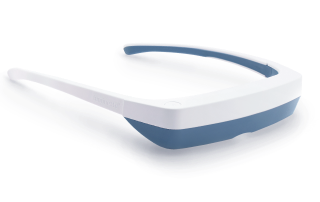
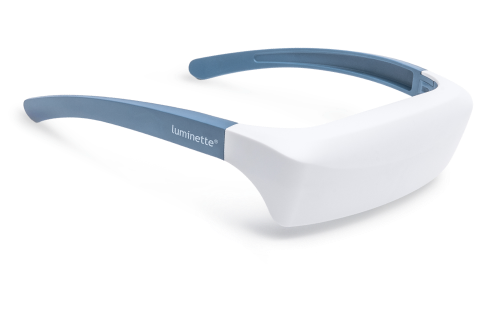

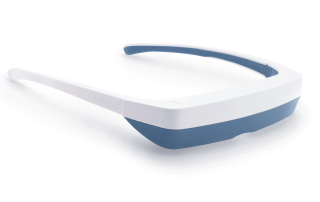
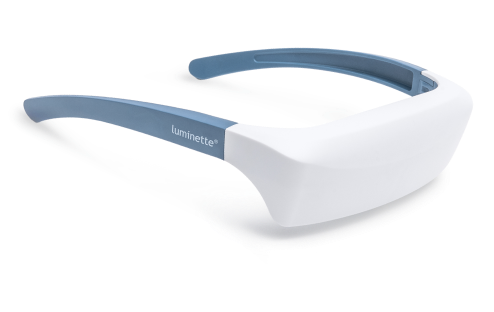

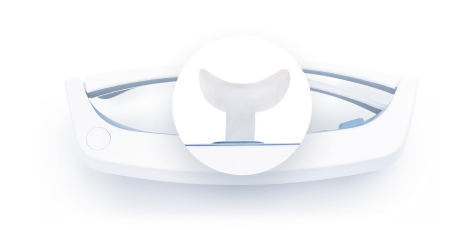
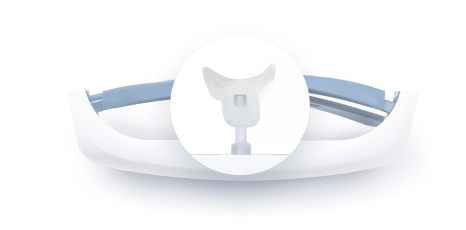
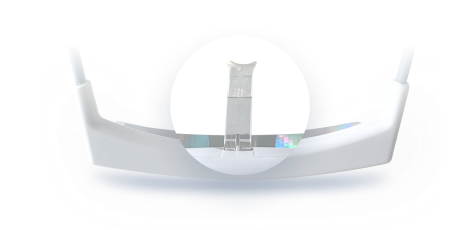







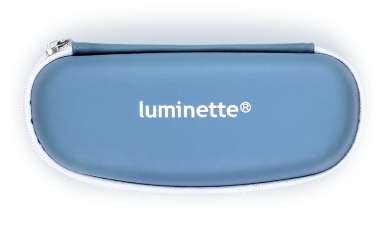
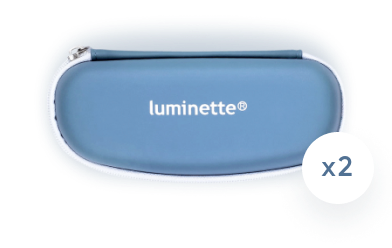

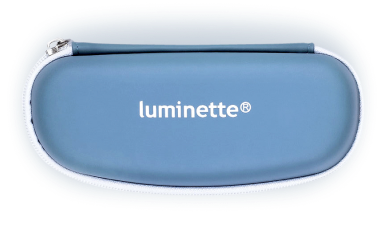
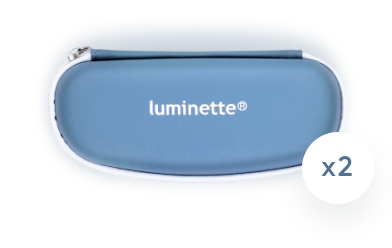
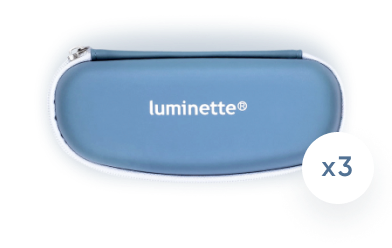
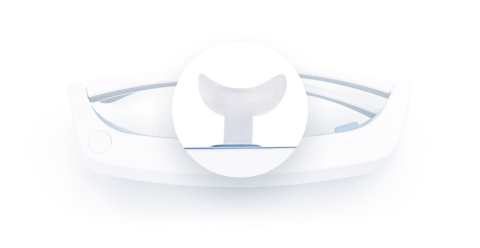
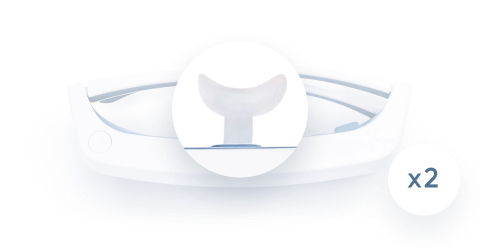
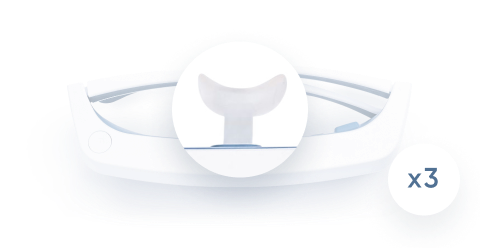

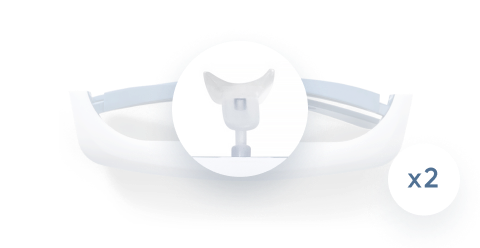
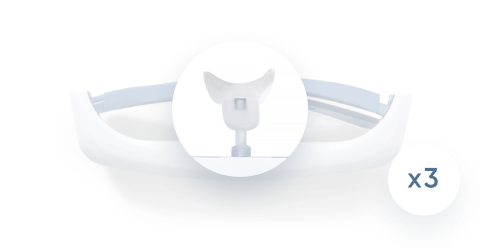
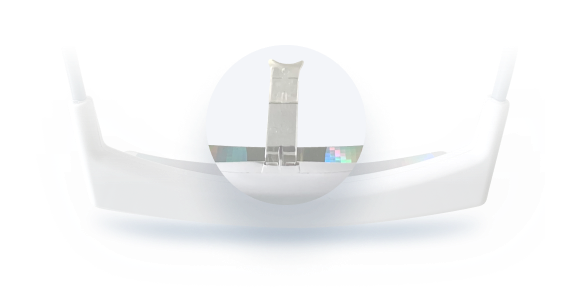
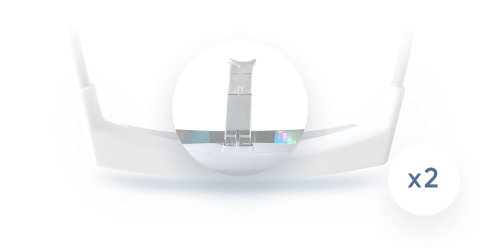
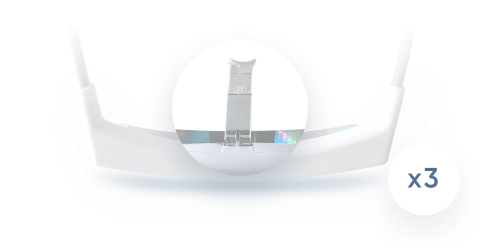
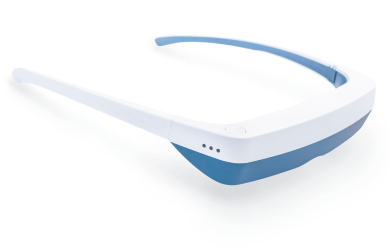

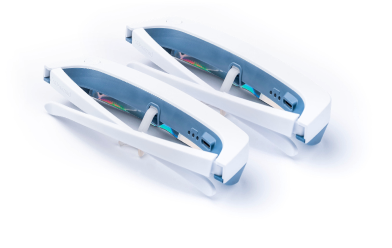
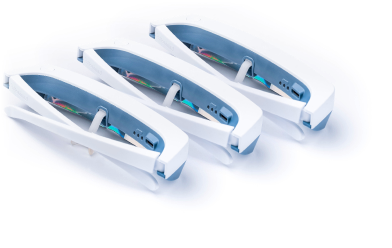



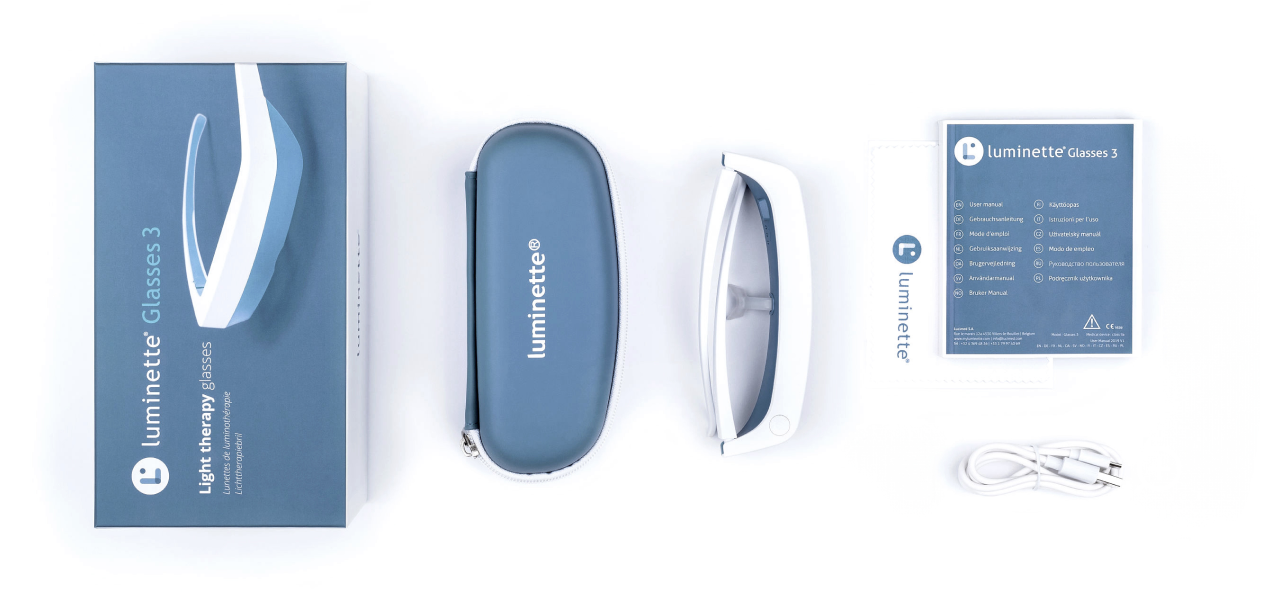
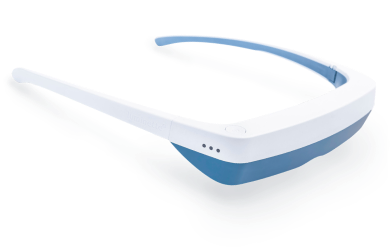
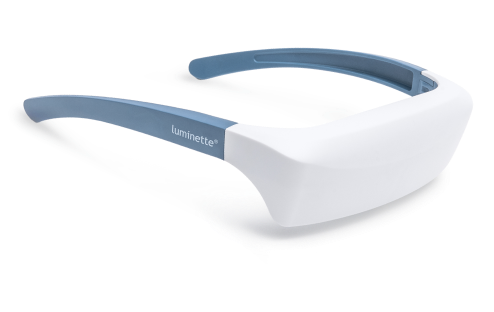
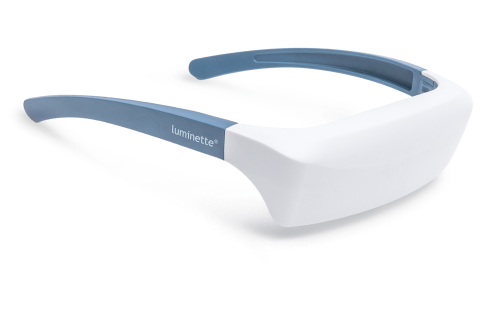
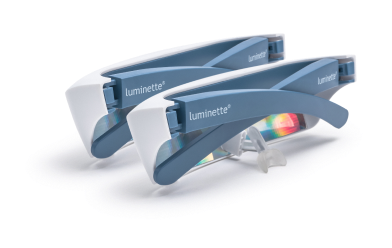
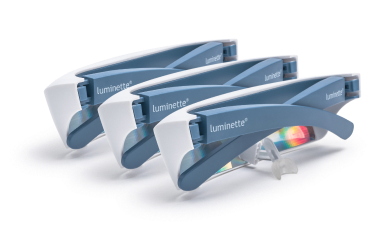
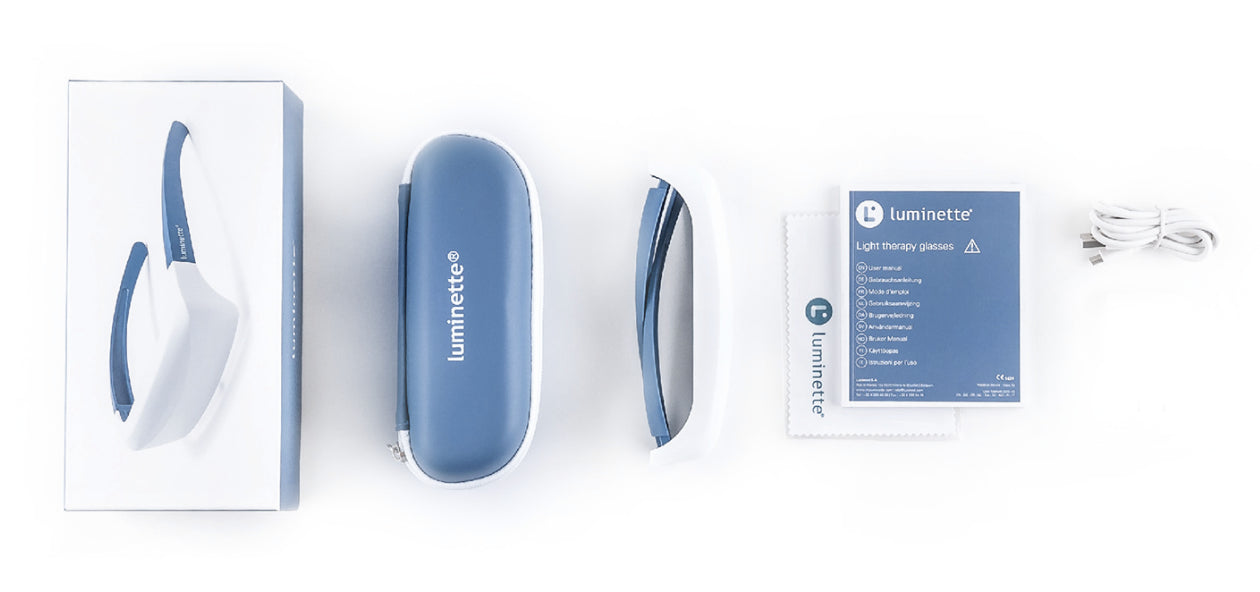
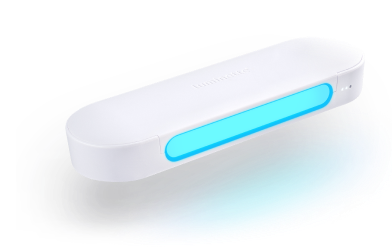
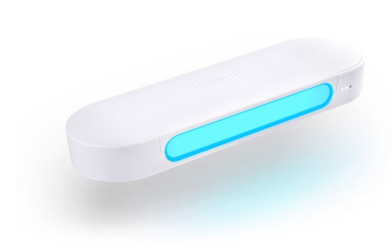
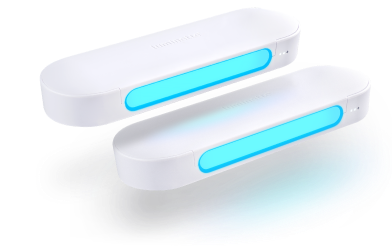

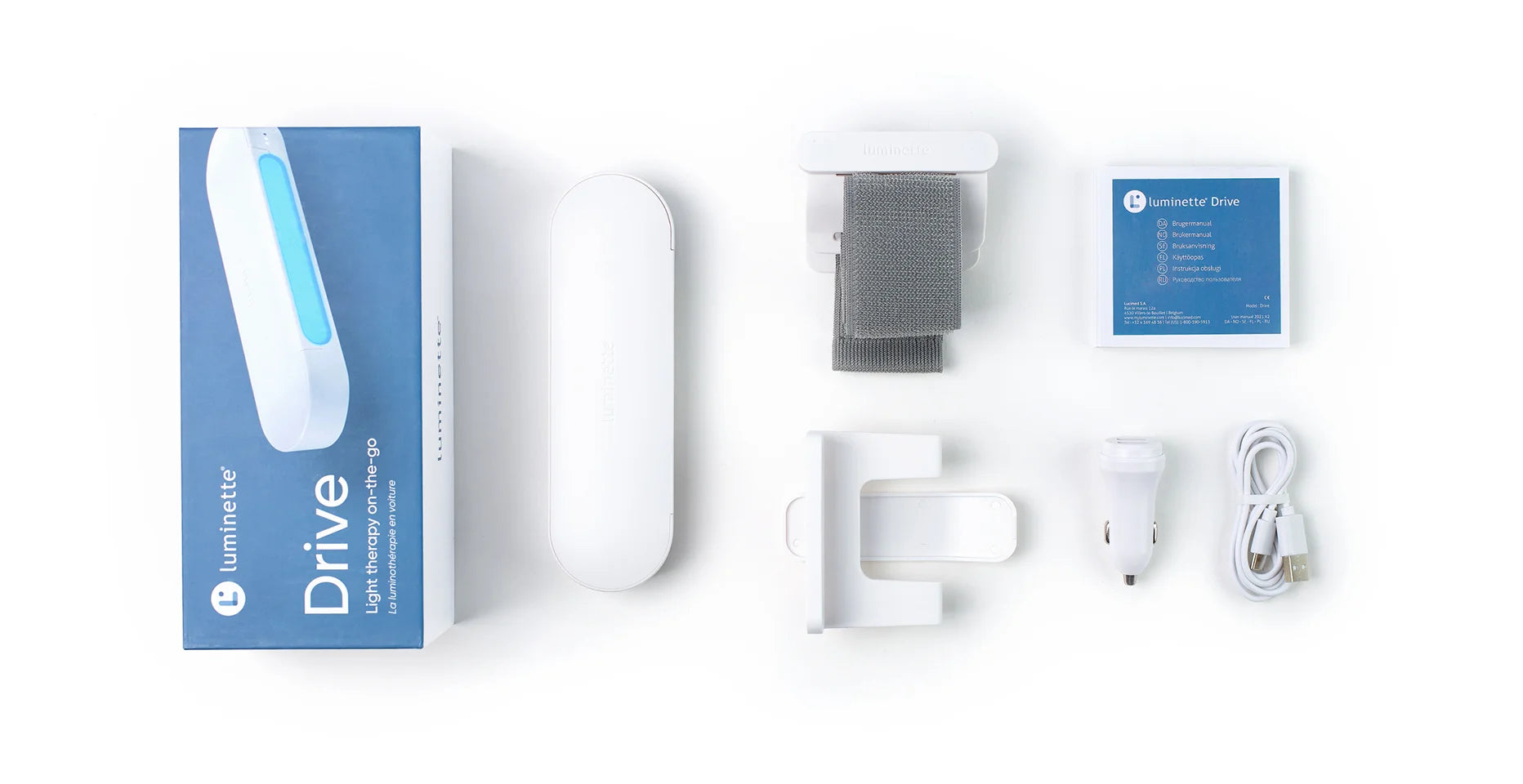

 Please note
Please note




